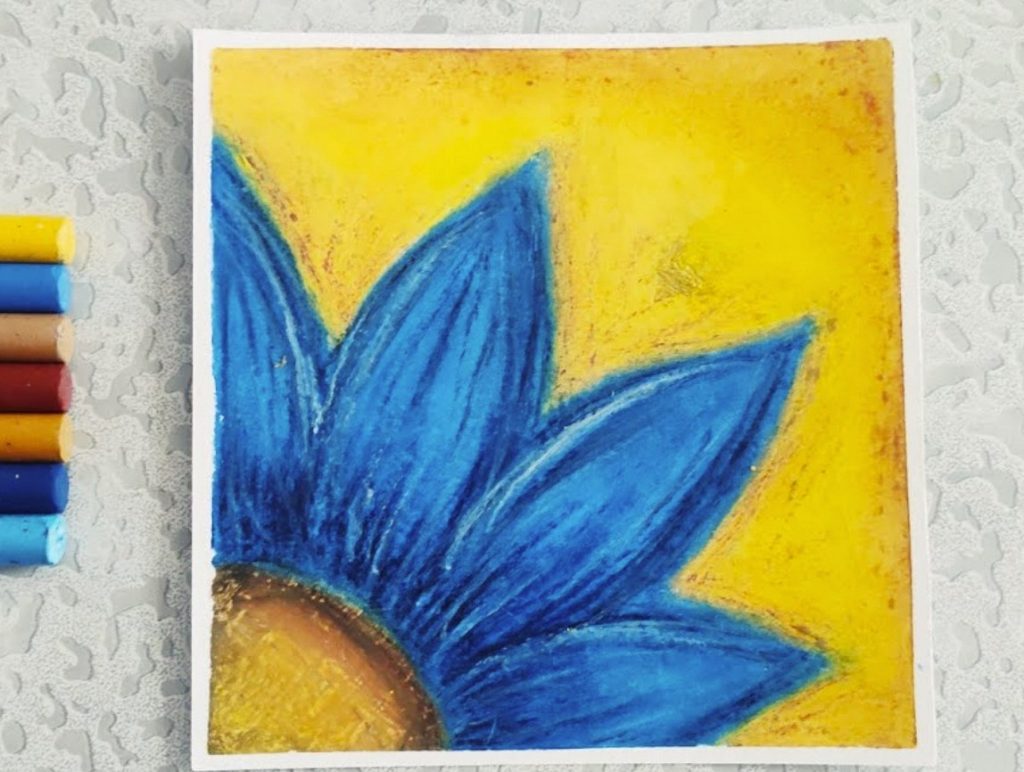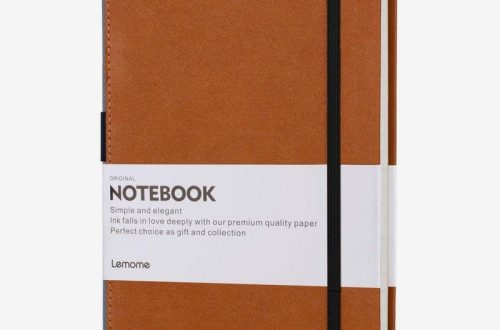The alluring world of oil pastels offers a gateway for artistic exploration, both for beginners and seasoned artists alike. While their vibrant colors and smooth blendability make them ideal for beginners, oil pastels also hold the potential for creating sophisticated and captivating artwork with advanced techniques. This article delves into the realm of advanced oil pastel painting, focusing on mastering texture and color to elevate your artwork to new heights.

Part 1: A Symphony of Texture: Exploring Beyond the Surface
1. Embracing the Canvas: Choosing the Right Surface
In the realm of advanced oil pastel paintings, the choice of surface extends beyond traditional heavyweight paper. Venturing into textured canvases or even wooden panels offers artists the opportunity to explore and harness a diverse range of surfaces. Textured surfaces serve as a unique foundation for artwork, enabling the oil pastels to interact with the grooves and ridges, resulting in a natural depth and dimension that elevates the visual impact of the piece. The incorporation of such surfaces infuses paintings with a tactile quality, inviting viewers to not only perceive but also engage with the art on a deeper level, establishing a multisensory connection. This interaction helps create a more immersive and captivating experience for the audience, enhancing the overall impact and evoking a heightened level of appreciation for the artistry and skill behind the oil pastel masterpiece. Through the thoughtful selection of textured surfaces, artists can enrich their creations.
2. Adding Dimension: Techniques for Creating Texture
Oil pastels offer a variety of ways to add texture to your artwork. Utilize tools like sandpaper, forks, or even crumpled paper to scratch through layers of oil pastel, revealing the colors beneath. This technique, known as sgraffito, creates a sense of age and intrigue in your paintings. Alternatively, apply a thin layer of cold wax with a palette knife and then paint over it with oil pastels. The waxy areas will resist the oil pastels, creating a unique speckled effect.

Part 2: The Art of Layering: Unveiling Color Potential
1. Glazing for Luminosity: Layering Like a Master
Mastering the basic layering technique in oil pastel painting involves gradually building up color intensity. Advanced techniques such as glazing take the manipulation of color to a whole new level. Glazing consists of applying thin, translucent layers of oil pastel over dried layers. This allows the creation of a luminous effect that adds depth and richness to your artwork. Experimenting with various color combinations for the glaze lets artists achieve unique and captivating results. It infuses their pieces with an ethereal and enchanting quality. The application of glazes introduces a new dimension to oil pastel painting. It provides artists with a versatile method to enhance and intensify the visual impact of their creations. Through the adept use of glazing, artists can transform their work. They imbue it with a mesmerizing and entrancing allure that captivates the viewer’s eye.
2. Pushing Boundaries: Experimenting with Color Theory
Oil pastels offer a vast color palette, but mastering color theory allows you to create truly impactful artwork. Explore complementary colors to create vibrant contrasts, or use analogous colors for a more harmonious feel. Delve into techniques like color blocking to create bold, geometric shapes, or utilize chiaroscuro to introduce dramatic light and shadow effects. By understanding and applying color theory principles, you can orchestrate a symphony of colors in your oil pastel paintings.

Part 3: Mixed Media Magic: Expanding Your Artistic Palette
1. The Power of Combination: Oil Pastels with Other Mediums
Oil pastels are incredibly versatile and can be combined with other mediums to create unique and expressive artwork. Integrate acrylic paints for washes of color or watercolors for soft backgrounds. Add charcoal or graphite for detailed line work, or incorporate markers for bold accents. Experimenting with mixed media allows you to expand your artistic voice and create multi-layered artworks that transcend the limitations of a single medium.
2. Found Object Fusion: Embracing Unexpected Materials
Dare to think outside the box and incorporate unconventional materials into your oil pastel paintings. Experiment with adding texture and visual interest. Introduce elements such as sand, coffee grounds, or fabric scraps to your artwork. Utilizing these found objects can transform them into integral components of your creations. It can infuse your art with a touch of whimsy and storytelling. By embracing the unexpected and venturing into uncharted territory, you will expand the boundaries of oil pastel painting. You will create truly unique and innovative artwork that stands out. These unconventional materials not only add tactile depth to your pieces but also provide an opportunity to infuse your art with a sense of individuality and creativity. Embracing these unconventional materials opens up a realm of artistic possibilities. It allows you to push the envelope and craft oil pastel paintings that are truly distinctive and captivating.

Part 4: Refine Your Vision: Developing Your Artistic Style
1. Finding Inspiration: Learning from the Masters
As you embark on your advanced oil pastel journey, seeking inspiration from renowned artists who have mastered the medium can be incredibly valuable. Artists like Degas, Toulouse-Lautrec, and even Picasso have utilized oil pastels to create iconic and influential pieces. By observing how these masters manipulate texture, layer colors, and utilize mixed media techniques to create their masterpieces, you can gain valuable insights to inform and inspire your own creative approach. Studying the artistic lineage of these influential figures can provide invaluable guidance as you seek to develop your own unique style and technique. Take note of the diverse ways in which these artists have harnessed the medium of oil pastels to create visually stunning and emotionally evocative works, and consider how their methods can inform and influence your own artistic journey.
2. Pushing Your Boundaries: Experimentation and Growth

Never stop experimenting and challenging yourself. Embrace a sense of fearlessness and explore techniques that may seem intimidating at first. Step outside your comfort zone and try new approaches to color, texture, and composition. With each experiment, you’ll refine your skills, discover new possibilities, and ultimately, develop a distinctive artistic voice that sets your oil pastel paintings apart.
By mastering texture and color, you can transform your oil pastel paintings from simple creations to captivating works of art. Embrace exploration, experiment with advanced techniques, and most importantly, have fun on your artistic journey. With dedication and a touch of creative spark, you can unlock the full potential of oil pastels and create artwork that reflects your unique vision and artistic spirit.


